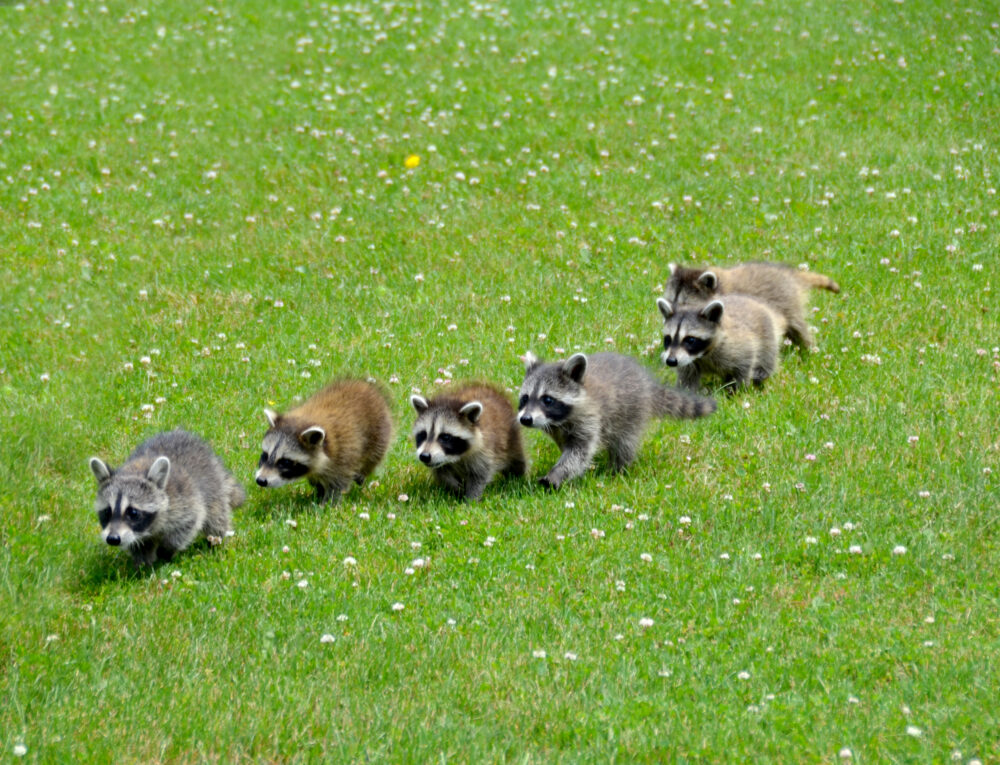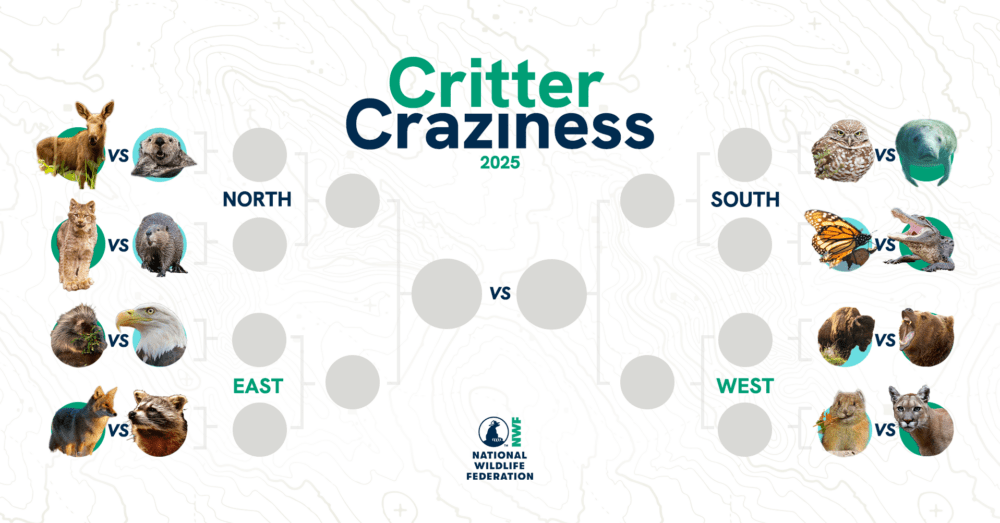We have much more to do and your continued support is needed now more than ever.
Go Ahead, Ask Them Anything About Wildlife
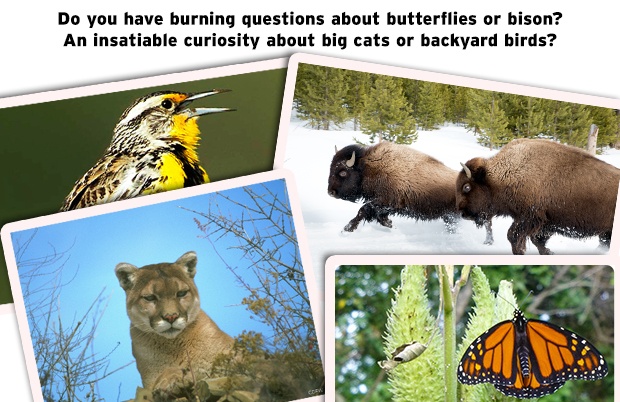
You’re in luck! This April 12th, you can ask two of the top wildlife experts in the country – NWF Chief Scientist Doug Inkley and Celebrity Naturalist David Mizejewski – ANYTHING about wildlife during our MEMBERS ONLY Protecting Wildlife Insider’s Call.
To be on the call, make a donation for wildlife by March 31st and you’ll be able to RSVP for the call and submit your questions.
A Few Burning Wildlife Questions Answered
1) Why are the frogs so loud right now?
“It’s spring!!! The early frog gets the…well, ahmmm. The first thing wood frogs do in the spring is go looking for a mate, making a loud quacking sound to attract other wood frogs. These small frogs can make a very big sound because each male has vocal sacs which inflate, helping the sound to resonate. The wood frog has one vocal sac on each side of his head whereas the spring peepers have only one vocal sac, which is under the chin. Because many frogs may be attracted to the same area, the sounds of frogs singing for mates can make for a very loud chorus!” – Doug
[youtube]https://youtu.be/eDaZWCZCars [/youtube]
2) Which milkweed should not be planted in the north and why? Does the same apply for the south?
“Our rule of thumb is simple: plant the milkweed native to your area. Native plants that are adapted to the local conditions are the plants that native wildlife co-evolved with and rely on for survival. You can check out our Milkweed resources page for more info.” – Dave
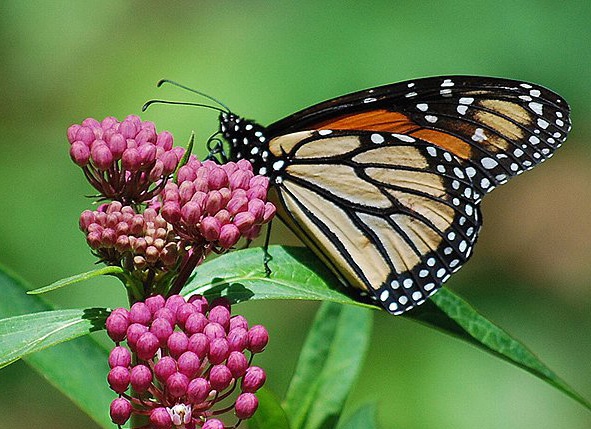
3) What species do you find intriguing?
“No doubt about it…the goofiest bird is the American woodcock. This bird is crazy in so many ways. It evolved from shorebirds yet lives in wet deciduous forests. They have a 2.5 inch long bill which they stick down into wet soil and mud to find worms. When it finds one it bends the tip of its upper bill to open wide enough to grab a worm. So vulnerable to predation while feeding face down, its eyes have evolved to be on the top of their head at the sides, making it easier to see predators. Weighing nearly half a pound and with short wings, it is hard to believe it migrates to the southern states each year.” – Doug
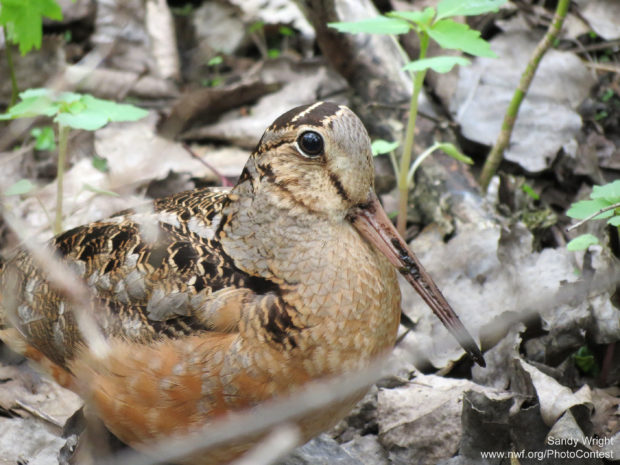
4) What do I do if black bears show up in my yard?
“Black bears generally avoid people, but are sometimes attracted to our trash, bird feeders or pet food. If that happens, the solution is easy: take away these food items and the bears will leave the area. Keep your trash indoors until the morning of collection or store it in bear-proof bins. Take bird feeders down and instead feed the birds by planting native plants that offer seeds and berries and insects. Don’t store pet food outside and only feed your pets indoors.” – Dave

Doug and David Know Wildlife
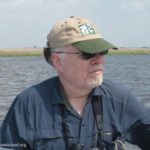
Doug Inkley is NWF’s Senior Scientist, providing his expertise in wildlife conservation and ecology across NWF’s conservation programs. Focusing on safeguarding wildlife in a changing climate, Doug also engages in a diverse set of other conservation issues, including endangered species, wetlands and invasive species. As an interface between science and the public, Doug especially enjoys public speaking, whether representing NWF on Good Morning America, CNN, NPR, or in newspapers across the country. He enjoys his rural NWF Certified Wildlife Habitat, including nesting screech owls he watches from his kitchen window.
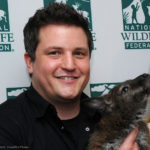
Television personality David Mizejewski has been fascinated by our natural world for as long as he can remember. A lifelong naturalist, he spent his youth romping in the woods, fields and wetlands, observing and learning about the surprising diversity of wildlife that inhabits these areas. He frequently appears as a wildlife expert on talk shows such as Good Morning America, Conan and Today. He holds a degree in Human and Natural Ecology from Emory University and is an expert on wildlife, our environment and green lifestyles.
Our wildlife experts are all ears for your questions. Don’t forget to donate for wildlife to get in on this exclusive MEMBERS ONLY opportunity!
After you make your gift, you’ll be able to RSVP for the call-in and submit your questions.














